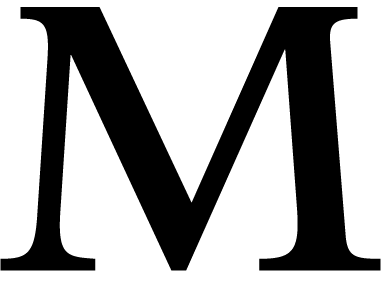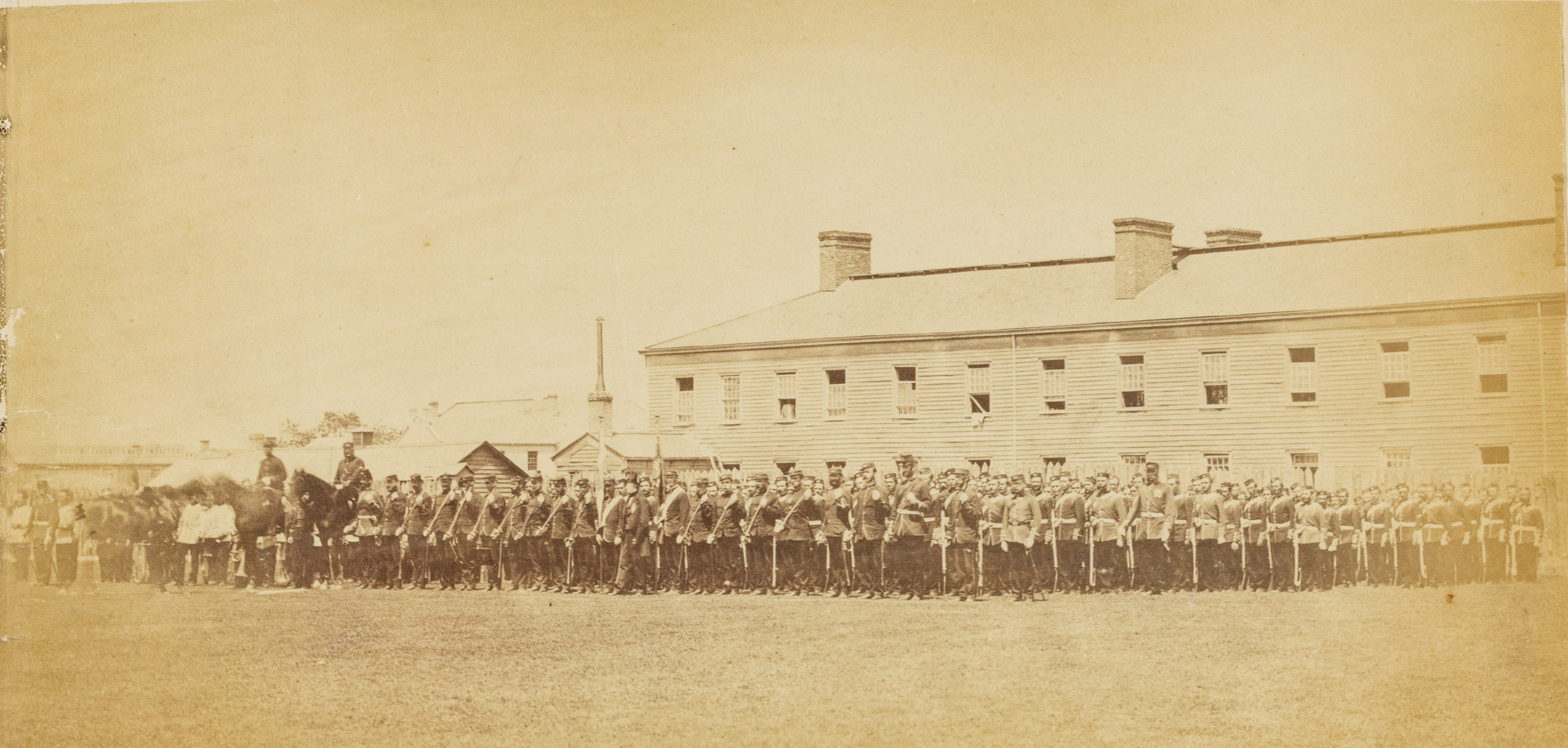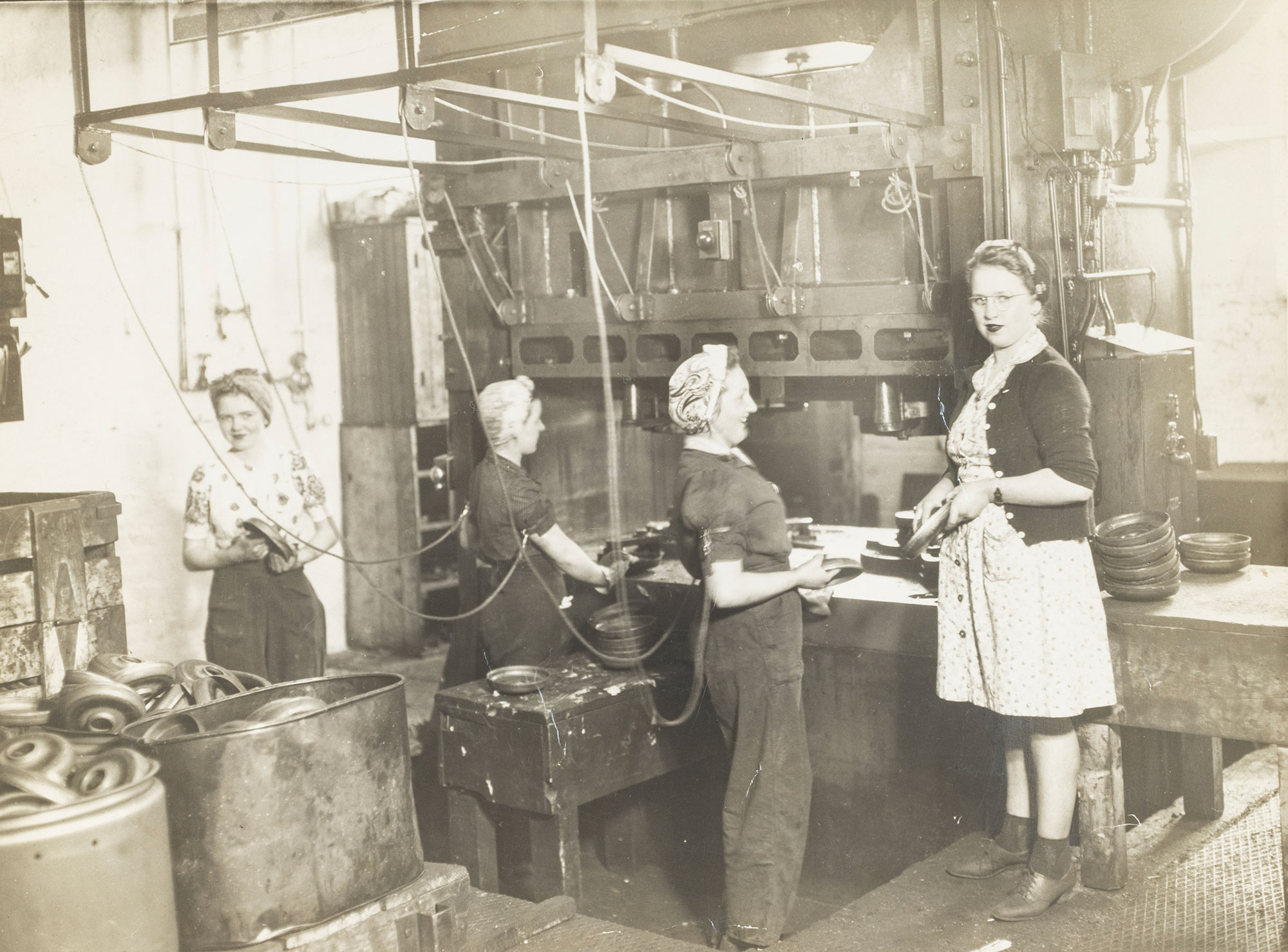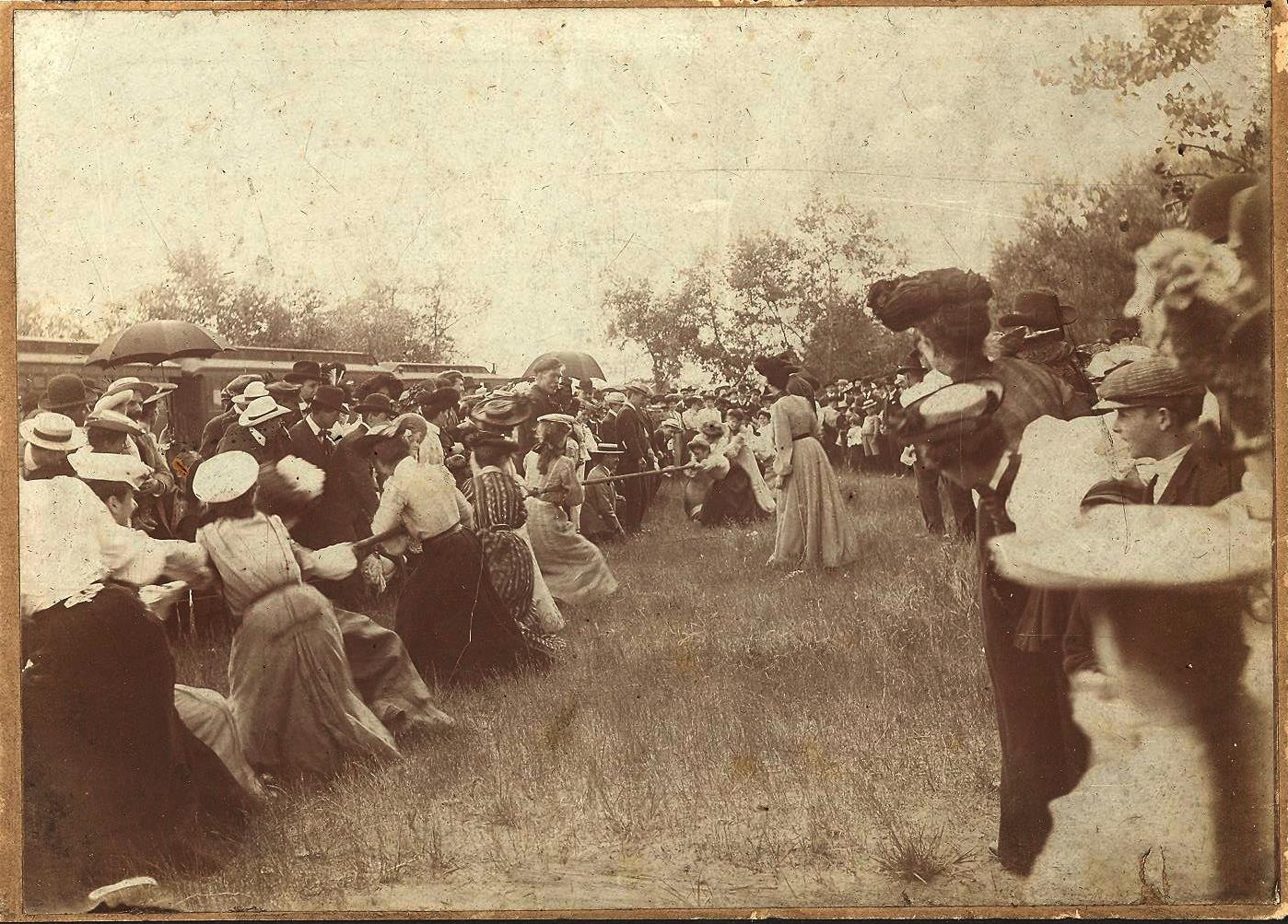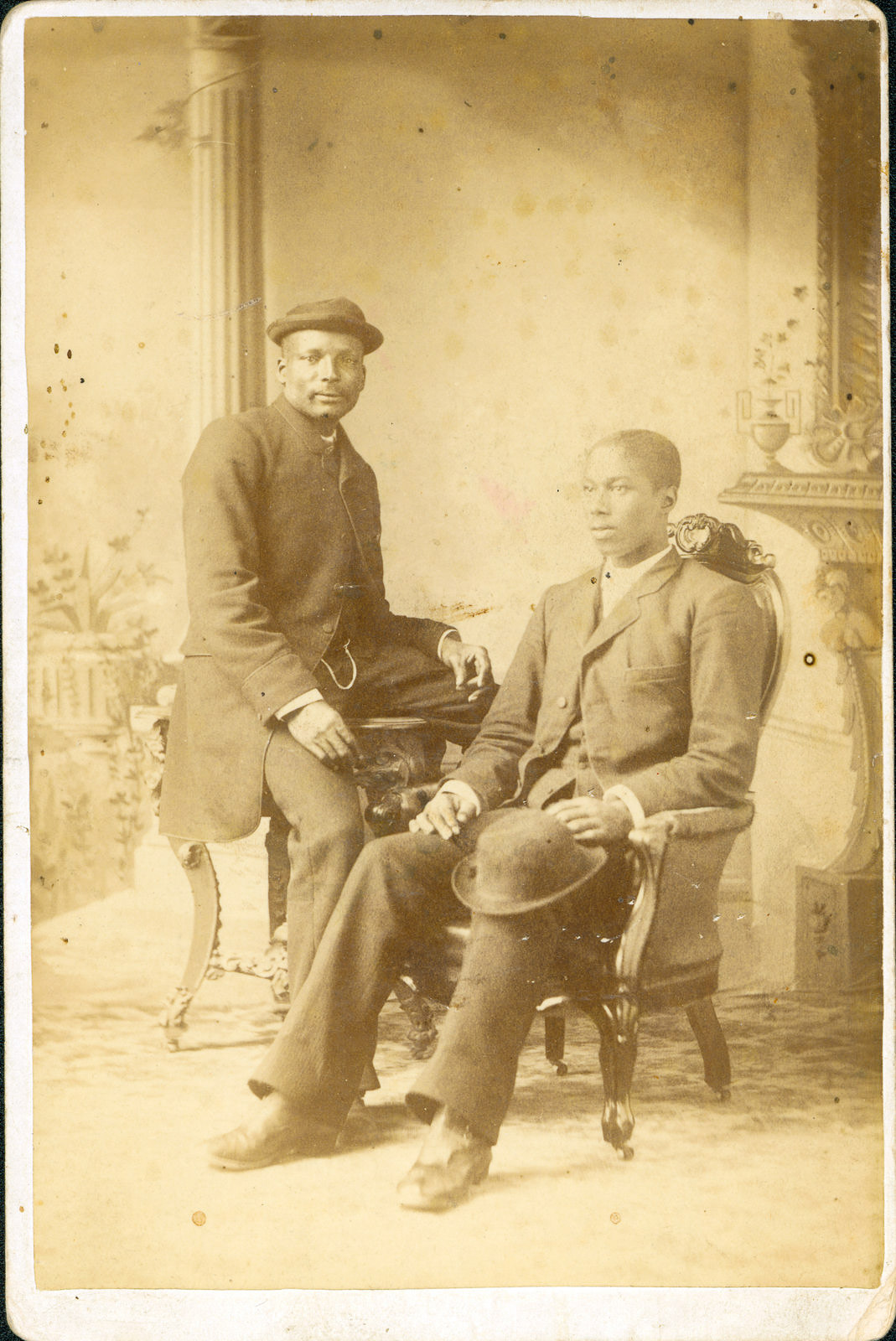Welcome to an immersive journey into the local military history in London, Ontario, brought to life through the digital archives curated by Museum London. In this exploration we will dive into the heart of our community’s past, uncovering the bravery, sacrifice, and resilience of those who served and shaped our city’s military legacy.
At the forefront of this exploration lies the digital archives of Museum London, offering an array of digitized artifacts, primary sources, and firsthand accounts of military activity in London, Ontario. Through these digital archives, we have unprecedented access to the artifacts and documents that tell the stories of London’s military heroes, their triumphs, and their challenges.
Our journey through the digital archives will unveil a diverse array of artifacts, from regimental banners and military uniforms to letters, paraphernalia, diaries, and photographs capturing the stories and experiences of both soldiers on the front lines as well as civilians on the home front. For instance, we will come across the uniform of a soldier from the Royal Canadian Regiment, proudly worn as they marched off to battle during the First World War, or the heartbreaking letters exchanged between families separated by war.
As we navigate through the digital archives, we will encounter pivotal moments in London’s military history, from the War of 1812 to the World Wars and beyond. We will trace the footsteps of local regiments (such as the Royal Canadian Regiment), as they marched into battle, leaving their mark on our community’s legacy.
We will encounter artifacts from the Battle of Vimy Ridge where Londoners fought bravely alongside their fellow Canadians, earning recognition for their courage and sacrifice on the world stage.
Moreover, our exploration of the digital archives will extend beyond the battlefield to encompass the broader social, economic, and political dimensions of military life in London. We will uncover the stories of women on the home front, the contributions of Indigenous soldiers like those from the Oneida Nation of the Thames, and the lasting impacts of war on veterans and their families.
By immersing ourselves in the digital archives at Museum London, we not only honor the memory of those who came before us but also gain a deeper appreciation for the resilience, courage, and spirit of community that define London’s military heritage.
Primary Resource Analysis
Exploring London’s Military History in Digital Archives
The objective of this learning opportunity is to deepen your understanding of London’s military history through the analysis of primary resources available in Museum London’s digital archives.
In this activity you will be asked to select and analyze four different artifacts from the digital collection. Using historical thinking skills explore the significance, causes, consequences, continuity and change of the artifacts you have chosen.
Learning Goal
In this activity, you will develop the ability to critically analyze primary resources related to London’s military history using the historical thinking skills. You will deepen your understanding of historical events, perspectives, and interpretations, while also honing your research, analysis, and communication skills.
Activity instructions
Instructions
Access Museum London’s digital archives and explore the collection of artifacts related to London’s military history.
Choose four different artifacts that intrigue you and represent different aspects of London’s military past. Some examples of artifacts include letters, diaries, newspaper articles, photographs, uniforms, weapons, or any other relevant materials.
Think like a Historian! For each artifact you have chosen, conduct a thorough analysis using historical thinking skills. Consider which historical thinking skill best describes the historical impact/relevance of the artifact.
Historical Significance
Consider the significance of the artifact in the context of London’s military history. Why is this artifact important? What does it reveal about the time period, events, or individuals involved?
Cause and Consequence
Examine the causes and consequences associated with the artifact. What factors led to the creation or use of this artifact? What were the outcomes or impacts resulting from its existence or use?
Continuity and Change
Explore how the artifact reflects continuity and change over time. How does the artifact compare to similar artifacts from different time periods? What changes or developments does the artifact signify? Is this artifact still in use? How has it changed? Why is it not used anymore?
Historical Perspective
Analyze the artifact from multiple perspectives, considering the viewpoints of different individuals or groups involved. How might different people have interpreted or experienced this artifact differently?
Choose one of your four artifacts and tell me about it using ONE of the historical thinking skills. Which historical thinking skill best helps to explain your object?
Your analysis should be structured and well-supported, providing evidence from the artifact to support your interpretations. Remember this is a PRIMARY RESOURCE so you are using it to tell the story.
Compile your artifact analysis into a cohesive document, video, tri-fold board, slide, canva etc.
Tell Your Story
Blending Museum Artifacts with Personal Stories
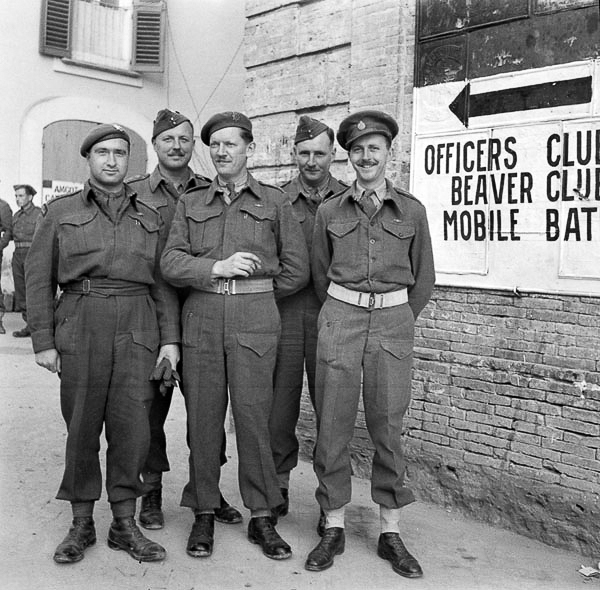
The objective of this assignment is to deepen your understanding of historical events and themes by creating a personalized timeline that integrates artifacts from Museum London’s digital archives with stories from your own family, friends, or community. By combining primary resources with personal narratives, you will gain insight into the interconnectedness of individual experiences and broader historical events.
Learning Goal
By completing this activity, you will develop the ability to integrate artifacts from Museum London’s digital archives with personal stories from your own family, friends, or community to create a personalized timeline. You will deepen your understanding of historical events and themes, while also recognizing the importance of individual experiences in shaping our understanding of the past. Additionally, you will enhance your research, critical thinking, and presentation skills through the creation and presentation of your timeline.
Activity Instructions
Instructions
- Review the four (4) artifacts you previously selected and analyzed from Museum London’s digital archives in the Primary Resource Analysis activity. Consider the historical significance of each artifact and its connection to the period of history you explored.
- Create a timeline that spans the period of history represented by your chosen artifacts. You may use a physical timeline template, digital software, or any other suitable format to visualize the sequence of events.
- Plot each artifact on the timeline, placing them in chronological order according to their historical context. Provide brief descriptions or captions for each artifact to explain its relevance to the timeline and the broader historical narrative.
- In addition to the artifacts from Museum London, incorporate personal stories from your family, friends, or community members that relate to the theme or period of history you are exploring. These stories can provide additional insights, perspectives, and details to enrich your timeline. These can be local stories or primary accounts of events that occurred elsewhere in the world. If you do not have any individuals to inverview or collect stories from – research 3 significant events (local or global) that occurred during your timeline. As with your Musuem London artifacts, provide brief descriptions or captions for each ‘event’ to explain its relevance to the timeline and broader historical narrative.
- Use a combination of text, images, and other multimedia elements to illustrate the stories and experiences shared by individuals in your community. Consider how these personal narratives intersect with and complement the broader historical events represented by the artifacts.
- Reflect on the connections between the artifacts and personal stories on your timeline. Consider how individual experiences contribute to our understanding of history and how they shape our collective memory of the past.
- Present your personalized timeline to your classmates or instructor, in person, small groups or virtually by video or voice over. Explain the significance of each artifact and personal story included on the timeline, highlighting the connections and insights they provide into the theme or period of history you explored.
ActivitY
Curate your own museum exhibit: Exploring Themes in London’s History
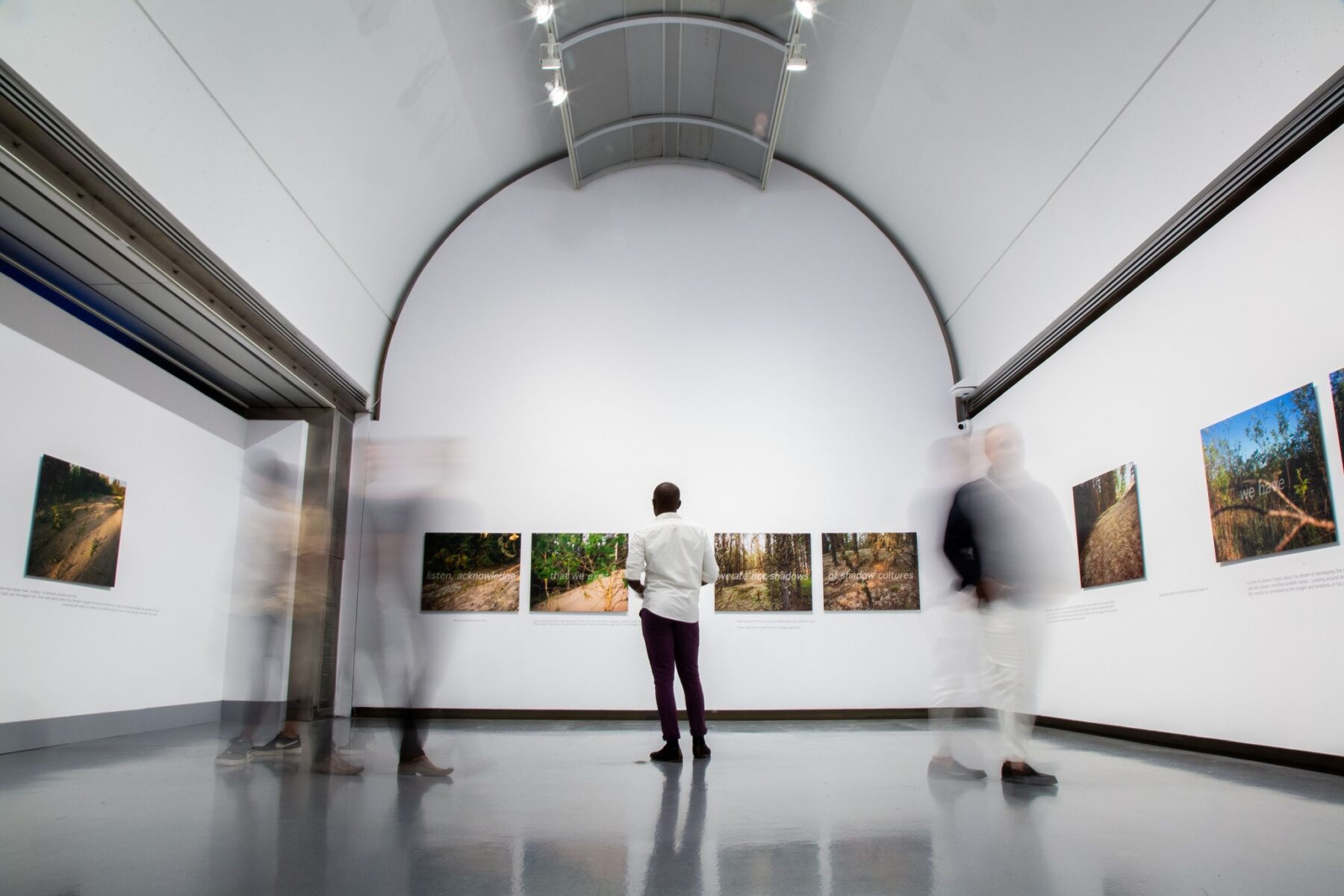
The objective is to provide you with the opportunity to explore and enhance your course learning on themes in London’s history using the digital archives at Museum London. By curating your own museum exhibit, you will select and analyze artifacts that tell the story of a chosen theme, demonstrating your understanding of historical narratives and the connections between artifacts.
Learning Goal
In this activity you will develop the ability to explore and analyze themes in London’s history using the digital archives from Museum London as well as other curated museum exhibits. You will demonstrate your understanding of historical narratives, artifact analysis, and storytelling, while also enhancing your research, presentation, and communication skills.
Activity Instructions
Instructions
- Choose one of the themes from the course that interest you – social, economic and political context OR, community, conflict and cooperation OR identity, citizenship and heritage (see description of each theme below). Some tangible examples could include industrialization, immigration, urban development, military history, women’s rights, social justice, technology or social movements.
- You will examine this theme within each time frame covered in the course.
- 1914 – 1929
- 1929-1945
- 1945-1982
- 1982 – present
- Access Museum London’s digital archives and explore the collection of artifacts through the various galleries that are related to your theme. Select up to 10 artifacts (spread across the time frame) that best represent, and tell the story, of your chosen theme. These artifacts can include photographs, documents, objects, artworks, or any other relevant materials. To extend your learning, consider accessing other Museum’s archives to include in your exhibit.
- Create a curated museum exhibit that showcases your selected artifacts and tell the story of your chosen theme. You have the option to present your exhibit in a physical format by printing and arranging the images of your artifacts into a display, or digitally using platforms such as Google Slides, PowerPoint, Canva or any other suitable medium.
- For each artifact included in your exhibit, provide a brief explanation of why you chose it and how it contributes to telling the story of your theme. Consider the historical significance, context, and connections between artifacts as you explain their inclusion in your exhibit.
- Ensure that your exhibit has an interesting title, is well-organized, visually engaging, and effectively communicates the story of your chosen theme. Use clear headings, captions, and descriptions to guide viewers through your exhibit and highlight key insights and connections.
- Present your curated museum exhibit explaining your chosen theme, the artifacts selected, and the story they collectively tell about London’s history. Consider turning your classroom (or other space, maybe the school library) into a museum and have all students display their exhibits for other students to view.
Possible Extensions:
Have students work in groups and create replica artifacts to make a physical exhibit. Assign themes to various groups so they do not have to decide this on their own.
Course Themes
Course Themes (based on overall expectations)
Social, Economic, and Political Context
Describe some key social, economic, and political events, trends, and developments between, and assess their significance for different groups and communities in Canada, including First Nations, Métis, and Inuit communities.
Communities, Conflict, and Cooperation
Analyse some key interactions within and between different communities in Canada, including First Nations, Métis, and Inuit communities, and between Canada and the international community, and how these interactions affected Canadian society and politics.
FOCUS ON: Historical Significance; Cause and Consequence
Identity, Citizenship, and Heritage
Explain how various individuals, organizations, and specific social changes have contributed to the development of identities, citizenship, and heritage in Canada.
FOCUS ON: Continuity and Change; Historical Perspective
Wrap up
Throughout our exploration of local military history in London, Ontario we have delved into our community’s military history and its significant contributions to Canadian history. As we conclude, let’s reflect on the learning outcomes and insights gained from our study of London’s military heritage.
We focused on analyzing the historical context and themes of London’s military history, spanning from the early 19th century to the present day. We examined the pivotal role London played in key military conflicts such as the War of 1812, World War I, World War II, and the Korean War. Through our analysis, we gained a deeper understanding of how Londoners’ courage, sacrifice, and resilience have shaped our local identity and contributed to Canada’s broader military legacy.
We have approached local military history through a lens of skill development and practical application. We honed our skills in historical inquiry, analysis, and interpretation, using primary sources such as artifacts, letters, diaries, and photographs to uncover the stories of London’s military heroes. We explored continuity and change over time, examining how London’s military heritage has evolved and adapted to the challenges of different historical periods. Through our exploration, we recognized the importance of historical perspective and citizenship in honoring the contributions of our local veterans and preserving our community’s military heritage.
As we wrap up our lesson, it’s important to acknowledge the enduring significance of London’s military history. It not only informs us about the past but also shapes our collective identity and sense of community. By understanding and commemorating the sacrifices and achievements of those who served, we honor their legacy and ensure that their stories are remembered and celebrated for generations to come.
Our study of local military history in London, Ontario, has provided us with a deeper appreciation of our community’s contributions to Canadian history and the broader narrative of military service in Canada. As we move forward, let us continue to honor and commemorate London’s military heritage, recognizing its importance in shaping our local identity and inspiring future generations to uphold the values of courage, sacrifice, and service.
Understand Local Military History:
Students will develop an understanding of the military history of London, Ontario, including significant events, key figures, and the contributions of local regiments and individuals to Canadian military endeavors.
Analyze Primary Sources:
Students will engage with primary source material such as; artifacts, letters, diaries, and photographs from Museum London’s digital archives to gain insights into the lived experiences of soldiers and civilians (from London and surrounding areas) during times of war and conflict.
Contextualize Historical Events:
Students will explore the social, economic, and political dimensions of military life in London by examining the broader context in which various events occurred and assessing their significance and impact on different communities.
Examine Social, Economic, and Political Interactions:
Students will analyze interactions within, and between, different communities in Canada, considering how these interactions affected Canadian society and politics, as well as themes of identity, citizenship, and heritage.
Develop Historical Thinking Skills:
Students will develop and apply historical thinking skills, including establishing historical significance, analyzing primary sources, identifying continuity and change, and understanding the ethical dimension of history, to critically examine and interpret the past.
Promote Civic Engagement and Community Connection:
Students will develop a deeper appreciation for London’s military heritage and its connection to Canadian history and identity, fostering a sense of civic engagement and community connection through the exploration of local history.
CHC 2D
A1. Historical Inquiry: use the historical inquiry process and the concepts of historical thinking when investigating aspects of Canadian history since 1914;
A2. Developing Transferable Skills: apply in everyday contexts skills developed through historical investigation, and identify some careers in which these skills might be useful.
*B1, C1, D1, E1.. Social, Economic, and Political Context: describe some key social, economic, and political events, trends, and developments and assess their significance for different groups and communities in Canada, including First Nations, Métis, and Inuit communities (FOCUS ON: Historical Significance; Historical Perspective)
*B2, C2, D2, E2. Communities, Conflict, and Cooperation: analyse some key interactions within and between different communities in Canada, including First Nations, Métis, and Inuit communities, and between Canada and the international community, and how these interactions affected Canadian society and politics (FOCUS ON: Historical Significance; Cause and Consequence)
*B3, C3, D3, E3. Identity, Citizenship, and Heritage: explain how various individuals, organizations, and specific social changes contributed to the development of identities, citizenship, and heritage in Canada (FOCUS ON: Continuity and Change; Historical Perspective)
*Depending on what themes and artifacts are chosen by students all course expectations could be covered in these learning activities.

